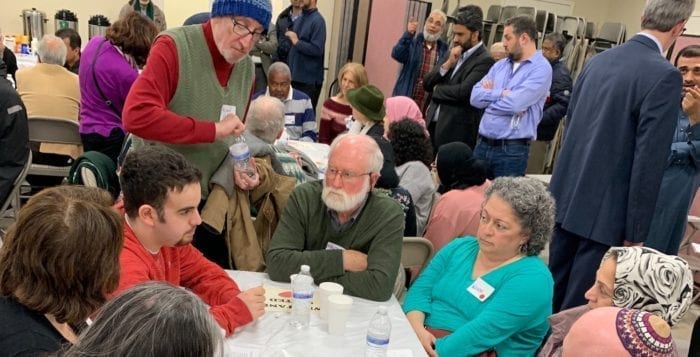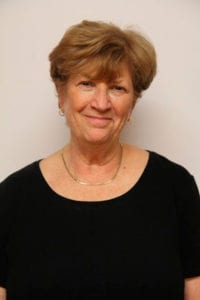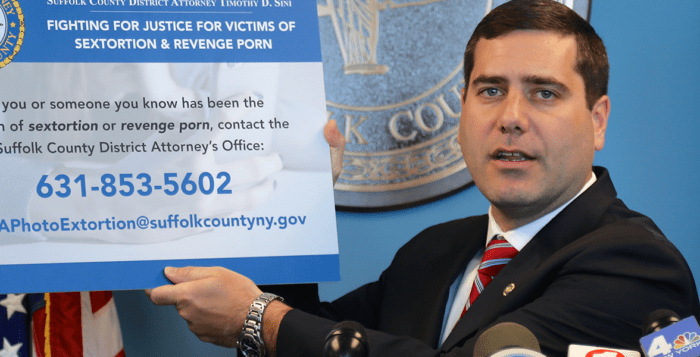Mother’s Day is just around the corner. It’s a time to celebrate the most important people in our lives, the women who made us who we are. As is tradition, the editorial staff at TBR News Media has written short letters so that our moms know we are thinking of them.

Kyle Barr — editor
My mom is scared of being apart from me. She is sad she will leave her house behind, the one she helped raise me in for over 20 years.
Like many, they’re leaving because of Long Island’s high property taxes, and without the SALT deduction, it’s proved infeasible to remain. But still, to her, the house was the lodestone of her life for so many years. She decorated it with attention to detail, even dragging me to the attic to take down decorations for every New Year’s Eve, Valentine’s Day, St. Patrick’s Day, Fourth of July and on and on until Christmas.
Now she is leaving her temple behind, and I feel for her. She can’t bring everything. Things will have to be sold or given away, and as she struggles with a bad back, picking out the leaves from the bushes in the front yard (all despite my pleas to let me do it instead). I see the frown set into her face like a jagged crack in the pavement.
Feel better, Mom. You may be away from me, but — hopefully — you won’t find a way from my words.
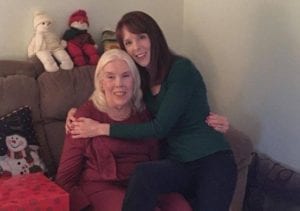
Rita J. Egan — editor
Mother’s Day brings with it a slew of memories. My mother and I have been through the best of times and the worst of times together, and that’s OK, because we are still here to tell our stories. There are the not so fun times to remember, such as walking around a Queens apartment wrapped in blankets to keep warm in the winter months because the landlady was too cheap to turn up the heat and tears shed over boys who didn’t deserve them during my younger years. But also, there are the memorable vacations, celebrating milestones and catching the concerts of both of our favorite celebrities from Frankie Valli and the Four Seasons to New Kids on the Block. So cheers to memories of all types and happy Mother’s Day, Mom.

David Luces — reporter
She’s been there all my life. Someone I can always count on. She’s my role model. She sacrificed so much over the years for my brother and me so we could go to college, and it’s something I am grateful for every day. I don’t say it enough but thank you, Mom, for everything you do. I know I could be a pain when I was younger, but I’m thankful for the lessons you’ve taught me. As I’ve gotten older and matured, I’ve realized the importance of your messages. So, on this Mother’s Day, I just wanted to give my appreciation to the greatest mom and friend a kid could ask for.

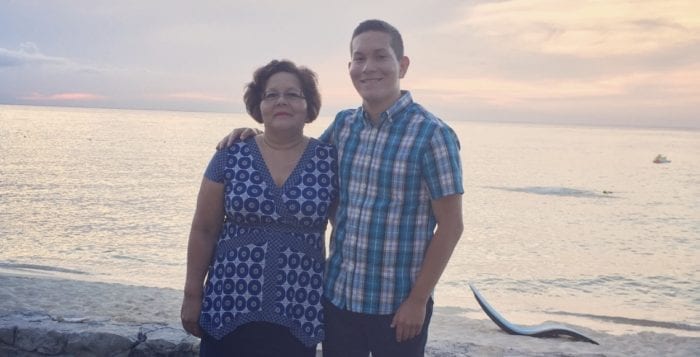




 Such studies were repeated in the workplace, with workers taking problem-solving and strategy tests, and the results were the same. In today’s energy-sensitive world, many office buildings are better sealed, with less fresh air seeping indoors. Another interesting fact was that not every type of test showed that same result.
Such studies were repeated in the workplace, with workers taking problem-solving and strategy tests, and the results were the same. In today’s energy-sensitive world, many office buildings are better sealed, with less fresh air seeping indoors. Another interesting fact was that not every type of test showed that same result.